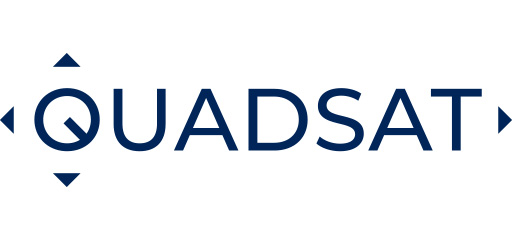At the recent IET International Satcoms and 6G conference, Josef Nemec, Director Technology at GovSat, gave a presentation on Use Cases Beyond Satellite Capacity. As part of that presentation, Josef discussed the fact that manufacturers often ask GovSat if its satellite capacity can be used for antenna verification and testing, as well for assisting with measurements and other analysis. He went on to discuss the challenges that GovSat faces when it comes to testing ground segment antennas, something he highlights as being inherently difficult across the industry.
Challenges of meeting customer needs for antenna verification and testing
Naturally, GovSat wants to fulfil need the needs of its customer for antenna verification and testing, however, there are a number of barriers that first need to be addressed.
While GovSat has the capability to help its customers with antenna verification and testing, it doesn’t always have the required satellite and workforce capacity, nor the availability of specialist calibrated tools. Another challenge comes from using a live satellite for this purpose because when using an operational satellite, there is always the potential that harmful interference may be generated. GovSat obviously wants to avoid generating interference because it could result in its own customers’ as well as nearby satellite networks’ services experiencing quality issues and downtime.
Quadsat and GovSat partner to overcome barriers
Recognizing that partnering with drone-based antenna measurement and tracking solutions provider Quadsat would be mutually beneficial, GovSat has recently formed a partnership with the company that allows all antennas across the GovSat network to be tested using the Quadsat system. This partnership will enable GovSat to offer antenna measurement and verification services to its customers, without the risk of generating harmful interference.
Utilizing a UAV and customized RF payload to perform precise and adaptable antenna validation, the Quadsat system can test all of GovSat’s user terminals, including fixed, comms-on-the-move (COTM) and phased array, as well as Earth stations across the network.
The system includes bespoke software that is able to provide standardized reporting, covering a range of different measurements. And crucially, the testing process can take place on-site within the far-field operational environment of the antennas. This ensures a thorough and accurate assessment.
Quadsat tested – GovSat registered
Quadsat’s streamlined approach makes it easy for GovSat to make informed decisions about antenna registration. Data sets generated by the Quadsat’s tests are consistent no matter where the antennas are located or what antenna it is, which significantly simplifies the approval process.
And it doesn’t stop there because Quadsat is on a mission to optimize the world’s radio spectrum with its system for test and verification of radio frequency equipment. It’s also working with a number of other major satellite operators to provide a simplified method of testing for the antenna registration process.
If you’re not familiar with the Quadsat system: it’s a drone-based system consisting of technology integrated with a custom RF payload as well as automation and measurement software. The technology is fully automated, flexible and location independent, so therefore capable of scaling and transforming how antennas are tested.
The Quadsat team will be at DALO from 21st – 22nd August 2024. Contact us to book a meeting and find out more.



